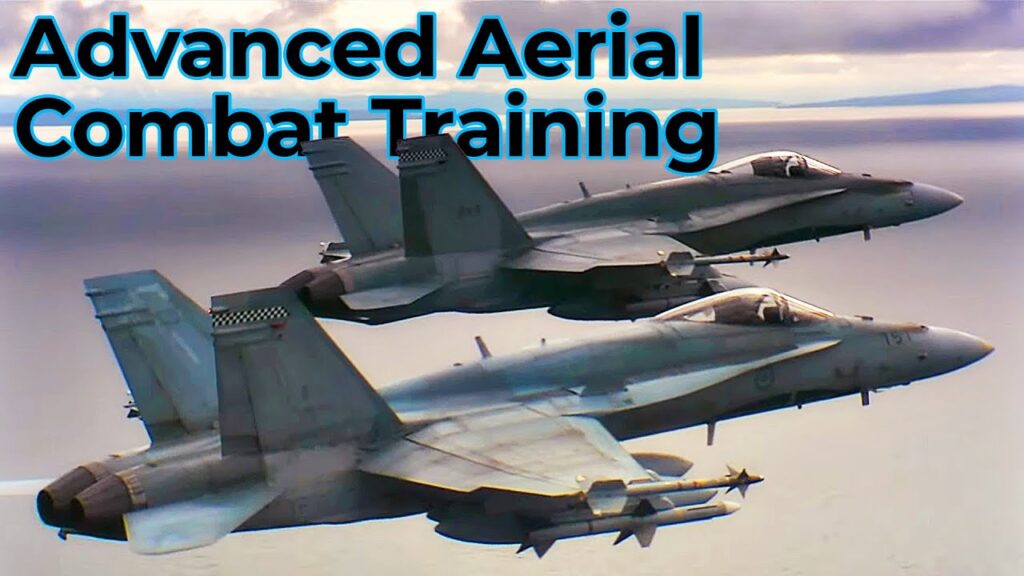Fighter jets are powerful aircraft that play a critical role in modern air forces. They are designed for air-to-air combat and are essential in securing airspace superiority during military operations. Fighter jets have evolved over time, with advancements in technology enhancing their speed, agility, and weapon systems. Modern fighter jets have state-of-the-art features, such as supersonic speeds and stealth capabilities, allowing them to quickly engage enemy aircraft and operate undetected in hostile airspace. These aircraft have multiple roles and missions, including attaining air superiority and conducting ground attack operations. The future of fighter jets promises even more advanced technology, such as autonomous fighter drones and hypersonic aircraft. Fighter jets remain the undisputed rulers of the aerial battlefield, ensuring national security and air dominance.
Fighter Jets: The Aerial Kings of Modern Warfare
Introduction
Fighter jets are the ultimate powerhouses of today’s modern air forces. These high-performance aircrafts are designed specifically for air-to-air combat and play a critical role in securing airspace superiority during military operations.
Evolution of Fighter Jets
The development of fighter jets can be traced back to the early 20th century when the concept of aerial warfare was still in its infancy. The first true fighter aircraft, such as the Fokker Eindecker in World War I, were slow and relatively ineffective compared to modern standards. However, they laid the foundation for future advancements in aerial combat technology.
As technology progressed, fighter jets became faster, more agile, and incorporated advanced weaponry systems. During World War II, iconic aircraft like the British Spitfire and the American P-51 Mustang showcased the potential of fighter jets in combat. These aircraft demonstrated superior speed and maneuverability, allowing them to engage enemy aircraft with precision and effectiveness.
Modern Features and Capabilities
Today’s fighter jets are equipped with state-of-the-art technology and cutting-edge features that make them unparalleled in their capabilities. These aircraft incorporate advanced avionics, radar systems, and weapon systems to achieve air dominance in a variety of mission scenarios.
One key advancement in modern fighter jets is their ability to achieve supersonic speeds. Supersonic aircraft, such as the F-22 Raptor and the Eurofighter Typhoon, can reach speeds of Mach 2 or higher, allowing them to quickly intercept enemy aircraft or fly deep into enemy territory. Their speed and agility give pilots a significant advantage in both offensive and defensive maneuvers.
Fighter jets also possess stealth capabilities, enabling them to operate undetected in hostile airspace. Stealth technology reduces the aircraft’s radar signature, making it difficult for enemy air defenses to track and engage them. This allows fighters like the F-35 Lightning II to gain a significant tactical advantage by conducting surprise attacks and minimizing the risk of being shot down.
Roles and Missions
Fighter jets have multiple roles and missions within modern warfare. Primarily, they are responsible for attaining and maintaining air superiority, denying enemy aircraft access to friendly airspace. They achieve this by engaging and destroying enemy fighters in air-to-air combat.
In addition to air superiority missions, fighter jets can also conduct ground attack operations. Equipped with precision-guided munitions, these aircrafts can deliver devastating strikes on enemy ground forces, infrastructure, and defenses. This capability makes them essential assets in both offensive and defensive operations.
Future of Fighter Jets
The future of fighter jets promises even more advanced technology and capabilities. Concepts such as autonomous fighter drones and hypersonic aircraft are being explored to push the boundaries of aerial combat. Furthermore, the integration of artificial intelligence into fighter jet systems will enhance their performance and decision-making abilities.
Conclusion
Fighter jets continue to be the aerial kings of modern warfare, playing a crucial role in safeguarding national security and ensuring air superiority. With their incredible speed, agility, and advanced weapon systems, they are the ultimate combat machines of the skies. As technology progresses, these aircraft are poised to become even more formidable, solidifying their status as the undisputed rulers of the aerial battlefield.
